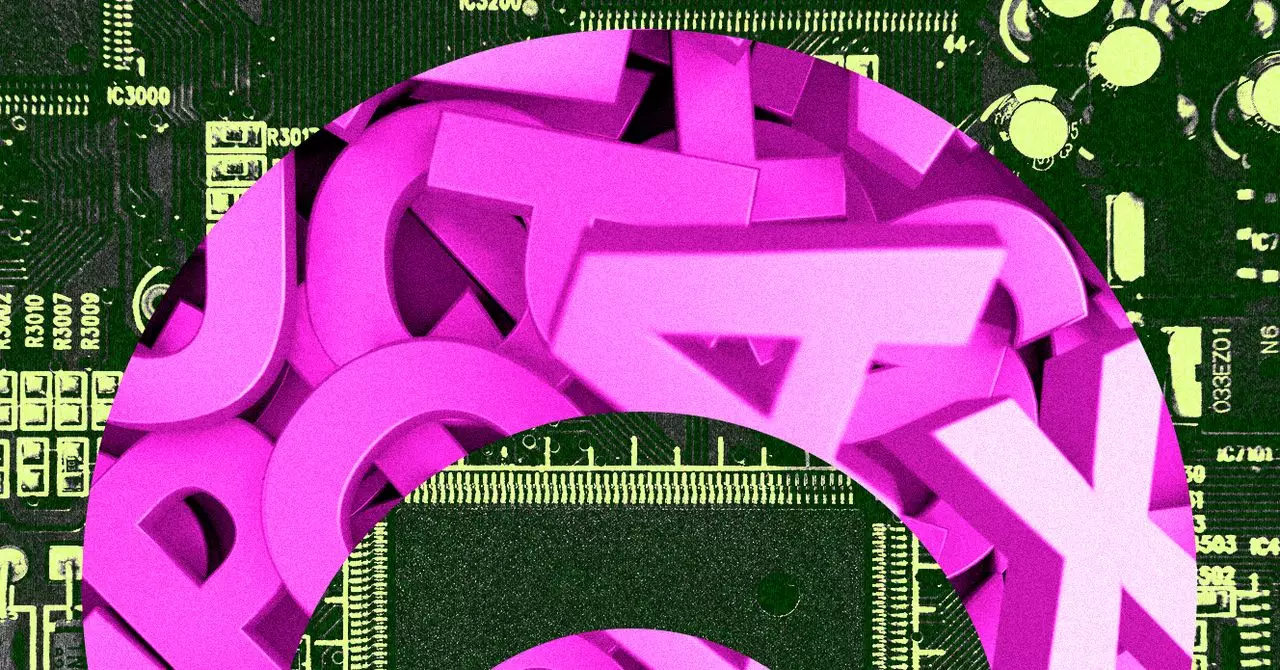The landscape of artificial intelligence (AI) is on the brink of a revolution, fueled by innovative strategies that defy traditional paradigms. Researchers and startups alike are eager to push the boundaries of what is possible, paving the way for a more inclusive and decentralized approach to creating large language models (LLMs). The unveiling of Collective-1 by Flower AI and Vana heralds a bold move that could democratize AI development and challenge the status quo dominated by a handful of wealthy organizations.
At the heart of this transformation is the concept of distributed training—a methodology that enables AI models to be trained across numerous GPUs scattered around the globe. This decentralized approach not only mitigates the need for large, centralized infrastructure but also opens up new avenues for smaller firms, academic institutions, and nations with limited technological resources to participate in AI development.
Trailblazing Techniques in Distributed Training
Flower AI has pioneered techniques that allow training efforts to be spread across various computer resources without needing to consolidate data centrally. This marks a significant departure from conventional practices that have long dictated the AI landscape, where the wealthiest entities monopolized high-performance computing power and vast datasets. The collaboration with Vana, which brings in a rich repository of data from diverse sources like X, Reddit, and Telegram, exemplifies the potential of tapping into decentralized information to train models like Collective-1. This innovative model, while still small compared to industry giants, is a stepping stone that hints at the capacity for scaling significantly higher.
Nic Lane, a cofounder of Flower AI and a computer scientist at the University of Cambridge, is optimistic about the future of distributed approaches in AI. His assertion that they could lead to models with up to 100 billion parameters signals a notable shift in capability that is far more accessible than previous benchmarks. Such advancements are not merely incremental; they represent a paradigm shift that could fundamentally change how we conceptualize AI training.
Shifting Power Dynamics in the AI Ecosystem
Traditionally, the AI landscape has been shaped by a concentration of power among those who possess substantial computational resources and proprietary data. The legacy approach relies heavily on vast datasets obtained via internet scraping, creating an ecosystem where innovation frequently hinges on wealth and infrastructure. However, the realization of a distributed model challenges this dynamic by leveling the playing field. This means that smaller players, such as universities and startups, can combine their disparate resources to create competitive AI systems.
Moreover, nations with less-established technology infrastructures have a unique opportunity to collaborate and punch above their weight in the global AI arena. By networking together smaller datacenters, they can harness compute power previously limited to a select few, potentially igniting a surge of AI innovation in regions that have been historically undersupported.
Implications for the Future of AI Governance
The push towards distributed AI training is not merely a technical development; it carries substantial implications for AI governance. Helen Toner, an expert in this realm, notes that the methodology introduced by Flowers AI could introduce fascinating dynamics into AI competition. While it might struggle to keep pace with the leading frontier models in the short term, this approach acts as a vital “fast-follower” strategy, poised to innovate rapidly in an environment where access to AI capabilities is more democratized.
With the ability to redefine how computations are shared across globally distributed systems, the traditional bottleneck imposed by concentrated infrastructures begins to dissolve. This democratization of AI not only encourages competition but could also facilitate responsible development practices that are often overshadowed by giants who prioritize rapid scaling and profitability over ethical considerations.
In this transformative stage, the future of AI training may no longer be dictated by the concentrated computing power of the elite. Instead, it envisions a collaborative ecosystem where innovation thrives through diversity, allowing more voices to contribute to the ongoing discourse on artificial intelligence. The emergence of distributed models represents an exhilarating shift that invites optimism, creativity, and collaboration in one of the most pivotal fields shaping our future.


Leave a Reply